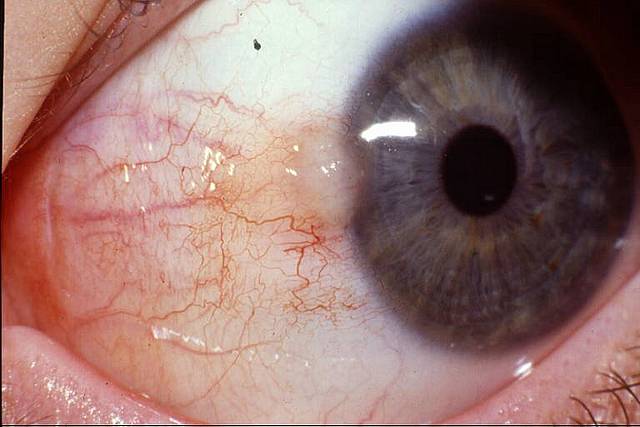Be wise about your children’s eyes or slip, slop, slap and slide
When last we met, I had recounted my moment of medical clarity which led me to the next few years of clinical research….into sun-related eye disease.
In the 1950s and 1960s there was little if no recognition that the skin of Queenslanders should be protected from the beautiful Australian sun. The only available sunscreen apart from the all present white zinc cream was a cake like substance put out by the Qld Radium Institute which I was forced to rub on my skin every now and then when at the beach. Certainly nobody spoke of any possible effects on the eye in those times.
In 1980, the Cancer Council of Australia launched its “Slip, Slop, Slap” ad, promoting the use of sunscreen, wearing a t-shirt and a hat when in the sun. And by the late 80’s the role of sun in eye disease was just being recognized with studies into the formation of cataracts.
It was not a great leap of scientific intuition for me to consider the possibility that pterygium might also be related to sunlight exposure. (Especially, as discussed in my previous blog, since I had noticed the stark contrast between the common occurrence of pterygium in Brisbane, compared to the rare occurrence in the cooler locations of the US like Baltimore, where I practiced for many years.)
So my research group took 278 pterygium patients and questioned them about their sun exposure over their lifetime. We then did the same for 278 patients without pterygia, who were matched for age, race and sex.

Ten year old child with early pterygium on left eye
It turned out that exposure to sun in the first ten’s years of life was associated with a significant increase of risk of later developing a pterygium. In addition further cumulative exposure after the first 10 years is also very important. If you had a young child growing up in Melbourne and they had a cousin of the same age growing up in Brisbane, the cousin would have a 40 times risk of developing a pterygium over his relative in Melbourne.
So how should young children be protected from the harsh Australian sun? Well, in the first 2-3 years of life they should be kept out of the midday sun, have strollers with an awning and wear a hat. Sometime after the age of three, start a regime of wearing wrap-around sunglasses in addition to a hat. Slip, slop, slap and slide (slide on sunglasses).
View the new version of the Cancer Council’s Slip, Slop, Slap campaign
Do we know beyond reasonable doubt that this will prevent the later development of a pterygium….the answer is no…but it is logical and very likely.

Left eye of child with early pterygium
Note shade protection of face by bonnet and awning
